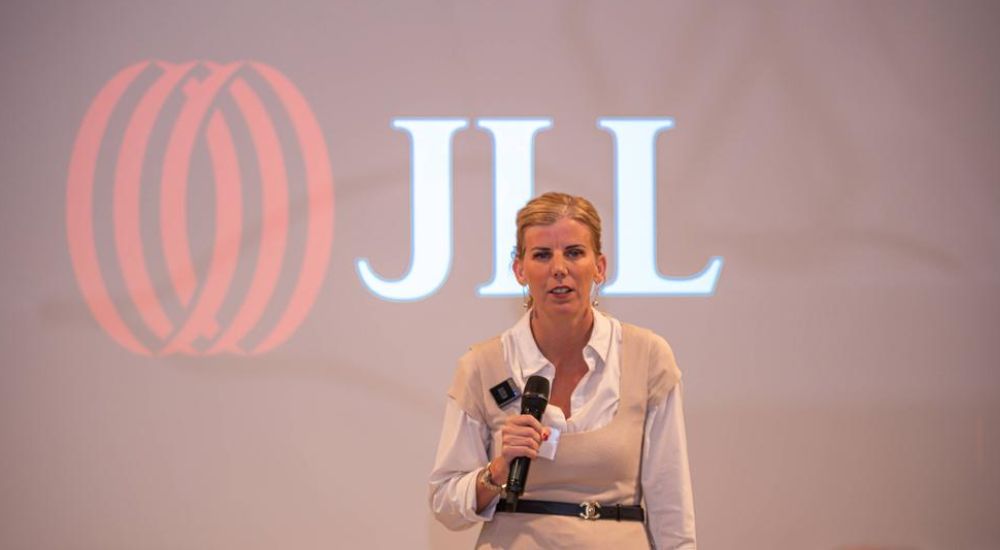Educational sector evolving immensely in learning spaces says Louise Collins at JLL

JLL, a leading professional services firm that specializes in real estate, investment management and development consultancy services, shared the latest trends and solutions shaping the future of learning spaces at its recent networking event in Dubai.
The event, titled “Shaping the Future of Education Facilities” was hosted by Louise Collins, Head of Project and Development Services UAE and Head of Engineering and Energy MEA, together with JLL education sector experts, Elaine O’Connor, Head of Fit-out MEA; Harshit Magon, Director Strategic Consulting MEA and James Esau, Director Cost Management MEA.
Addressing the guests, Louise said, “In the last ten years and not just the previous two years because of the pandemic, we have seen the educational sector evolve immensely, and we see it as probably one of the most dynamic sectors in the world.”
Key insights shared by JLL at the event included:
- Market snapshot: Globally, the e-learning market was expanding at a fast pace even before the onset of COVID-19; this trend is expected to continue with faster growth going forward. Regionally, further growth in opportunities is expected as a result of population growth, mega projects, large residential-focused communities and related urban growth in both existing and planned cities.
- Design trends: Design is evolving for education facilities – both new build and refurbishments. Learning facilities are being designed to offer a transitional experience for students into working environments. Traditional corridors are being transformed into wider circulation areas to act as dual-functionality spaces for additional learning zones. The perceived effect of this increase in usable floor area is a reduction in the traditional efficiency ratio. However, the reality is that these spaces feel more open, connected to the classroom, and offer spaces for individual or group study or even after-school classes. There are a number of areas where upfront investment in design features can pay dividends over the long run. Power supply and networking capacity, for example, are increasingly important considerations thanks to the growing use of technology-based learning. Natural lighting and thermal performance are another example.
- Reimagining spaces: Technology, the pandemic and new government policies are putting universities under increasing pressure to make big changes. For many institutions this means striking partnerships with businesses and public groups to create communities beyond classrooms and lecture theatres. The aim is to enhance the campus experience, nurture ideas and generate new revenue. From Australia to Italy, the U.S., and Japan, these ideas are manifesting as innovation hubs: live-work-play districts where entrepreneurs, academics, students and professionals cluster and collaborate. Globally we are also seeing a trend of shopping malls being converted to learning spaces, although this is less strong regionally.
- Development budgets: For a successful project outcome it is essential that a suitable development budget is established. The first stage for this is value management. A project’s value drivers should be determined from the project stakeholders such as the faculty departments before you put pen to paper. This helps to establish the functional purpose of each space. This spatial planning is essential to understanding the building’s capacity and where department synergies can be used to make a more efficient space. Once all functional and spatial requirements are outlined, the project can be benchmarked against similar projects to establish a budget based on the design aspirations. If required, value engineering can be applied at the end of each design stage to ensure that the project is not deviating from the overall budget.






